The Great Houses of Moorgate and Whiston |
|
Traditionally, Moorgate and Whiston were long considered to be amongst the most affluent; if not the most affluent area of Rotherham. As such many wealthy and successful business people and landowners made their homes here during the early - mid-Victorian period. Around ten large, detached luxury properties were constructed, many with outbuildings, stables; gatehouses for staff and extensive gardens. Many have since been lost, but there are some still standing today as a testament to what must have been very comfortable livees enjoyed by their privileged residents. Here is a profile of these 'Great Houses': |
Oakwood Hall - Moorgate |
|
|
Oakwood Hall was built in 1856 for James Yates of Yates Haywood Stovegrate Manufacturers and sat within extensive and prominent grounds on all four sides, making it one of the most luxurious properties in all of Rotherham at the time. By the 1890s the house had passed from the Yates family in to the hands of Colin Mackenzie Smith - a local solicitor - who lived at the property with his wife Wilhelmina Ruth Smith; as well as their staff and servants. The latter of which stayed in the nearby Oakwood Hall cottages (staff accommodation located to the rear corner of the Oakwood Hall land). When World War One broke out in 1914, Mr Smith vacated the house and offered it up for use by the War Office. Then, in 1916 the building was converted into an auxiliary hospital with 100 beds available for wounded soldiers to rest and recover. The Smith family did not return to the property after the war ended and instead it was converted again, this time into a tuberculosis sanatorium; where it continued in this role for the next few decades. Today Oakwood Hall is a Grade II listed building and stands at the back of Rotherham District General Hospital - which was built in front of it in the late 1970's. The hospital stands entirely within the grounds of Oakwood Hall. The building was repurposed once more and occupied from that point on by hospital staff; with many of its large rooms being converted into offices. However, due to high operating and maintenance costs, it is no longer used by Rotherham NHS Foundation Trust (although it is still owned by it). Consequently, Oakwood Hall has stood empty since the beginning of December 2012. Secondly, still remaining at the back of the site are the basic structures of a small row of cottages (referred to above), which would have been for the Yates and Smith family staff and servants to live in; as well as other outbuildings that were probably, originally, stables. Finally, the Hall's gatehouse still stands on Moorgate Road and is today used by the Hospital Security team. So, overall, this location on Moorgate Road has now been delivering healthcare services for over 100 years and Oakwood Hall was given Grade II status in 1986. |
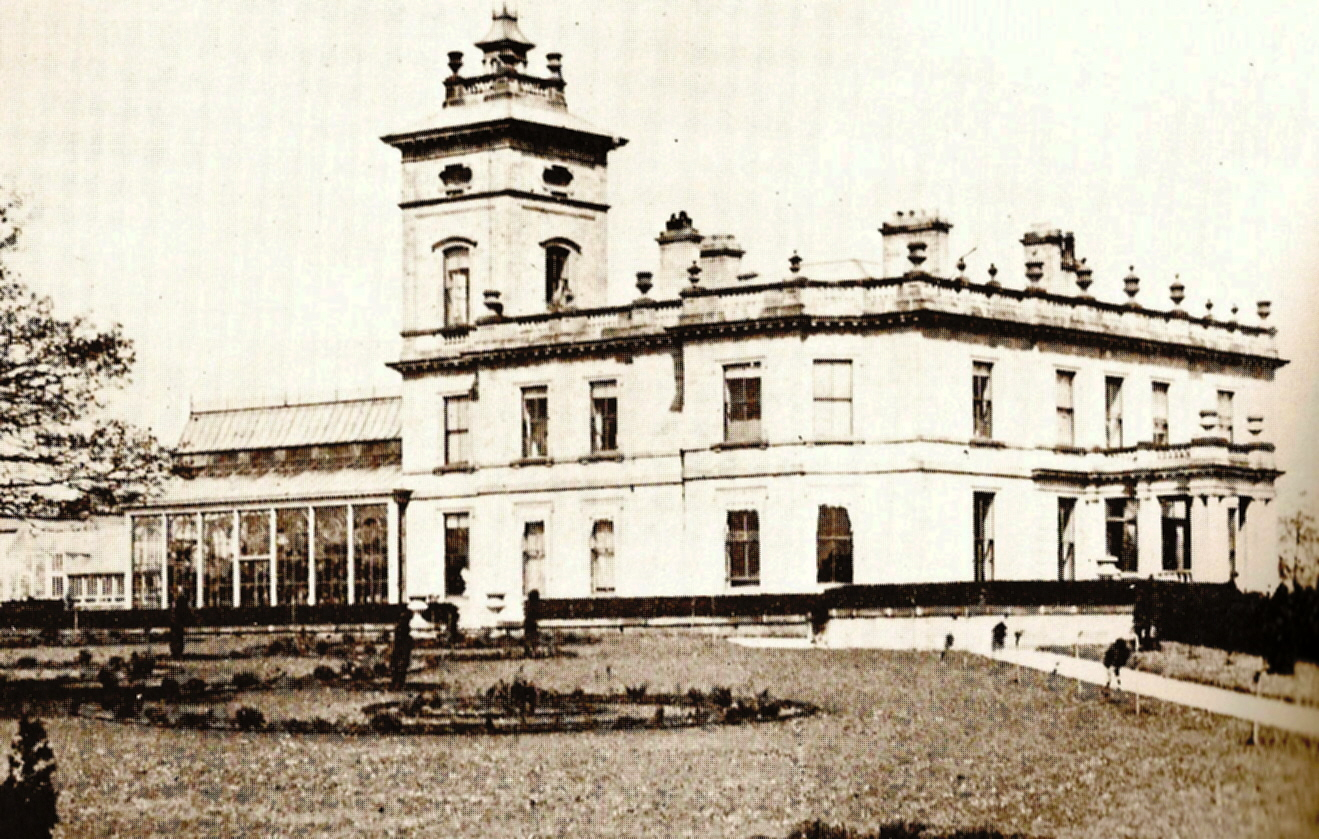
|
Red House |
|

|
Between 1878 and 1880 Thomas Badger built Red House for himself; Lane End House for C.E. Rhodes (who was married to Badger's sister) and Sitwell House for Frederick P. Rhodes and his family - the brother to C.E. Rhodes; and partner to Badger in his firm of solicitors. In 1882 Badger was forced to flee the country leaving his business in financial confusion and with heavy liabilities. Mr. William H. Micklethwait bought Red House and its contents and lived there from 1882 to 1925; with his widow remaining in residence until her death in 1932. The Micklethwaits owned the Clough Works in Masborough, which was a well known stove grate making business. |
Sitwell House |
|
|
Sitwell House was also built built between 1878 and 1880 and was sold off at auction by its original owners in October 1882. The purchaser, George Shaw, ran the Holmes Pottery - known as George Shaw and Sons Ltd; and also own Wath Main Colliery at Wath-Upon-Dearne Mr. Shaw died in 1892 and his widow (Mary Shaw) continued to live in the house, along with her three sons and four daughters. Mrs Shaw died in February 1935, and Sitwell House was sold at auction on 30th July 1935. Both houses stood empty for some years. Some of the land was sold off for housing - especially that of Sitwell House. During WW2 Red House was occupied by the National Fire Service and Sitwell House by members of the Royal Signals Regiment. After the war the two houses were bought by United Steels to be developed as their research centre; both are now owned by TATA steel and include a conference centre. Together they form part of Swinden Labs Technology Centre. |
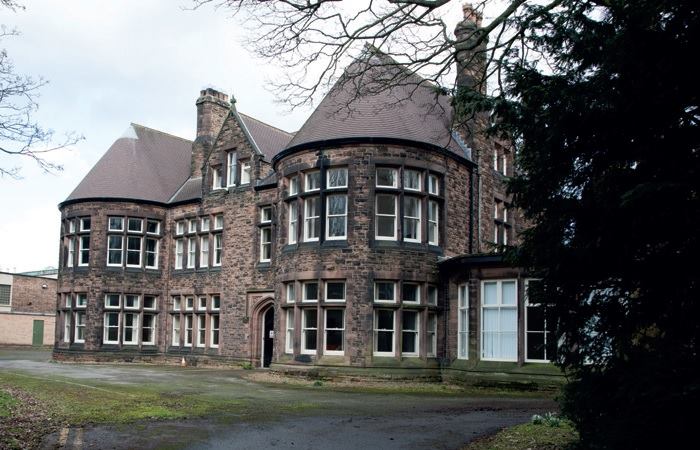
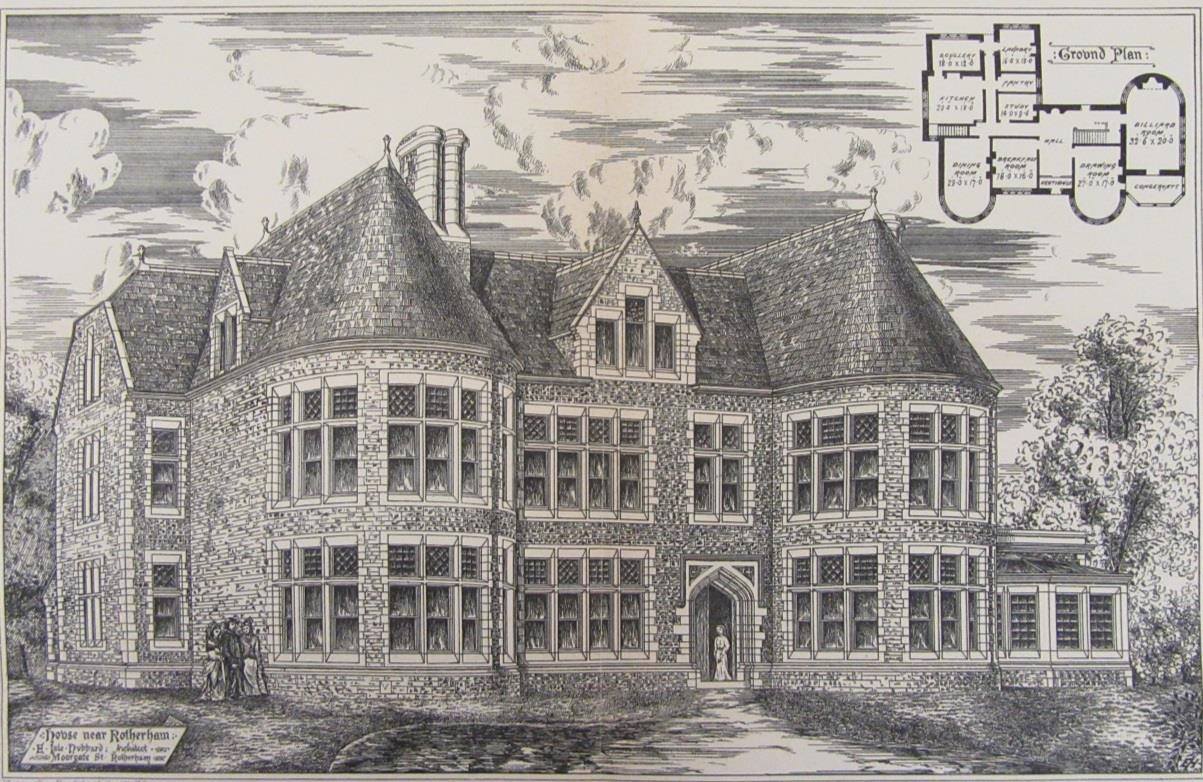
|
Lane End House |
|
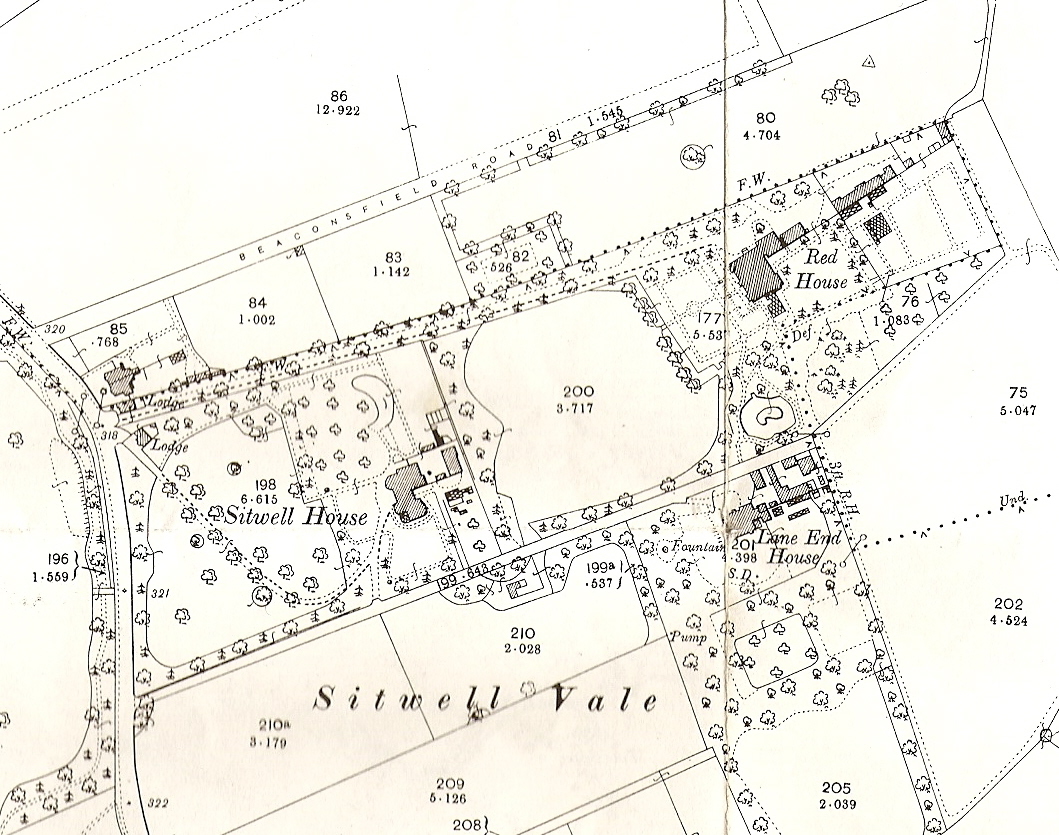
|
Located at the end of Green Lane; between Spinneyfield and Swinden Labs (Sitwell House and Red House); Lane End House was owned by Charles Rhodes, a mining engineer and colliery manager, who remained here until his death. This was the last major house in this part of Rotherham to remain in private ownership; however it was demolished in 2006 and replaced with contemporary housing set out on two new roads: Garden Close and Garden Walk. Unfortunately, we have no pictures of Lane End House; but we do have this map of the location of all three properties in this area. |
Whiston Grange |
|
|
Whiston Grange (above and right)was built for Frederick P. Rhodes, who was in residence by 1901. It remained as a house for many years, but was later used as a control centre during WW2. After this various companies used the building, until it was demolished in 1971. The majority of the site is now occupied by Newman School for children with special enducational needs; and at the rear, a new road was built called 'Whiston Grange': cosisting of large, detached properties. The junction of this estate road with Moorgate Road is located where the original entrance to Whiston Grange was sited. Parts of the original boundary wall to the site remain in place between here and the nearby junction with Spinneyfield. |
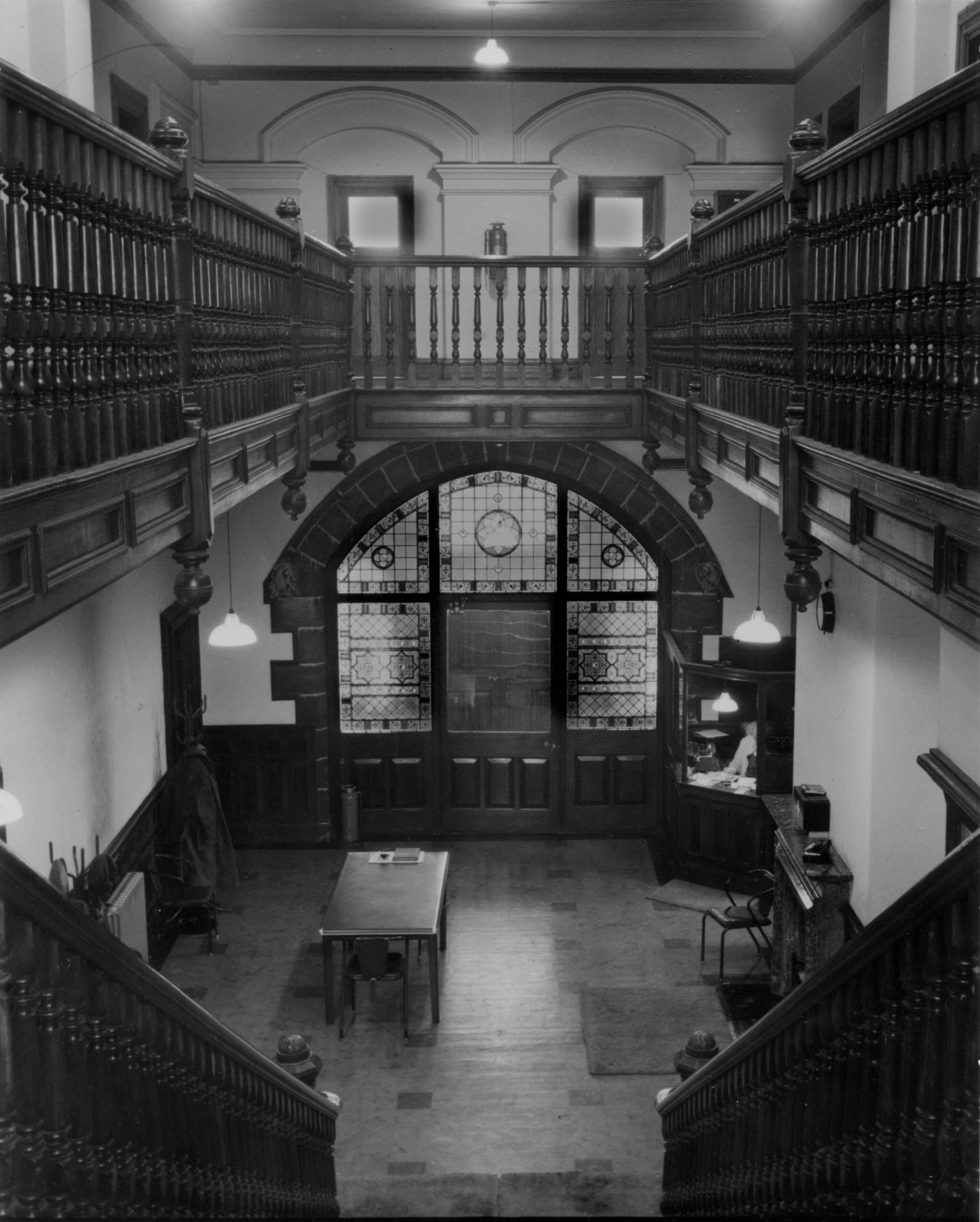
|
Whiston Hall Farm |
|
_cropped.png)
|
Whiston Hall Farm is perhaps the most significant property actually in the village itself. Some aspects of this date back to C.15 and at one time part of the farm included the historic Manorial Barn. The Hall was part of the purchase - by the Sitwells in 1823 - of the Lordship of the Manor of Whiston. It was leased to a number of farmers over the years, the most recent ones being the Unwins and the Clays; the latter of which ran it as a dairy farm. Farming ceased by 1973 and the residential building; which has since been extended; was converted into 'Whiston Hall Care Home'. |
Guilthwaite Hall Farm |
|
|
Guilthwaite Hall Farm was the home of Robert Sanderson, the Bishop of Lincoln in 1660. He was a confidant of King Charles and George Westby, and founded the treatment using water from the mineral spring at Spa House Farm, Treeton, a few years later. It is now a converted multi-residential property. |
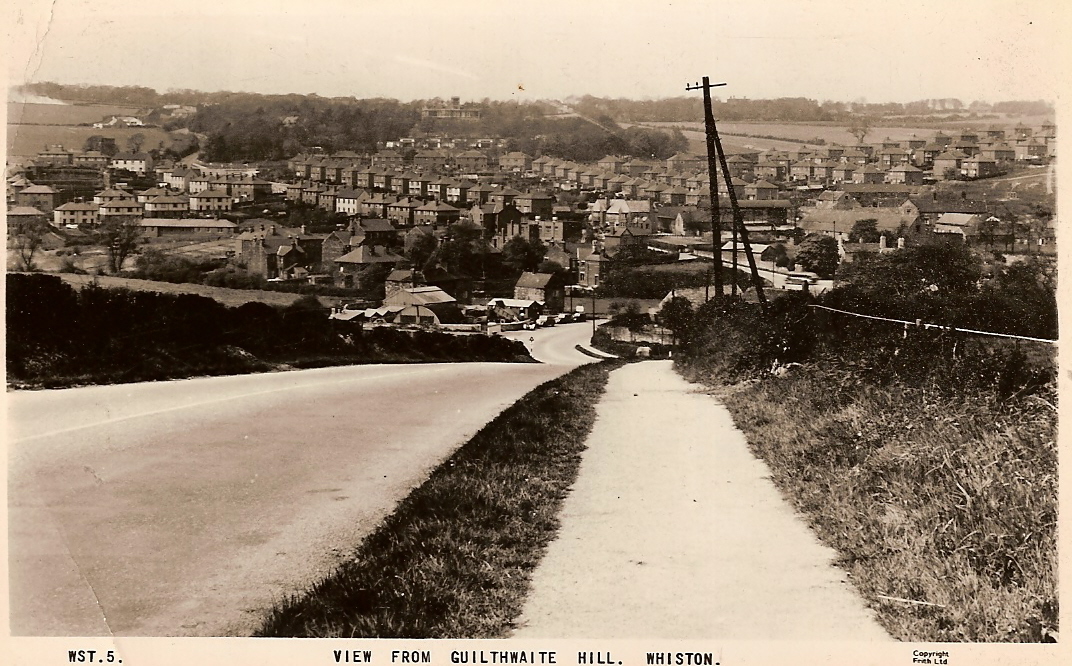
|
Morthen Hall |
|
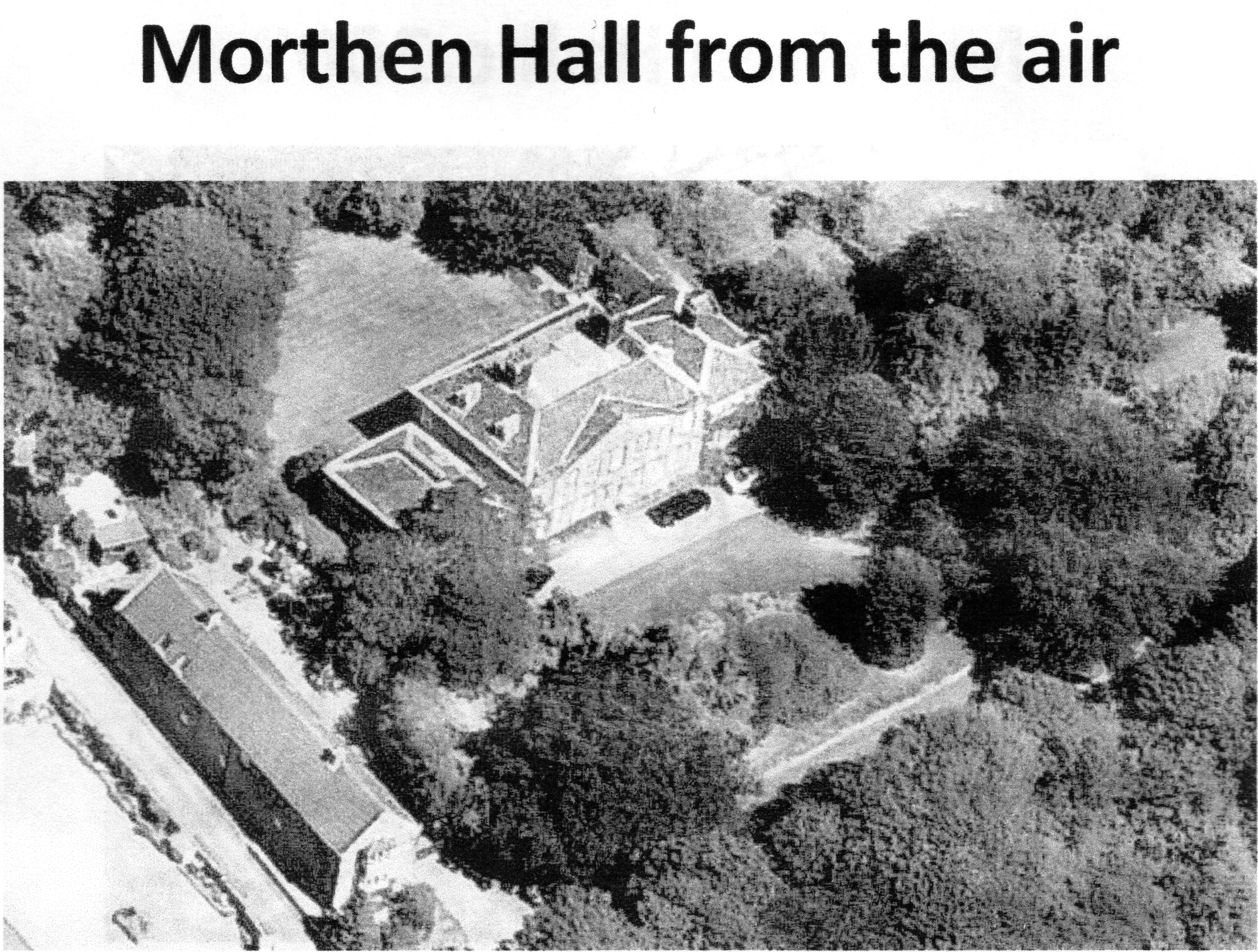
|
Located in the hamlet of Morthen (between Whiston, Thurcroft and Wickersley); Morthen Hall is a grand building. |
Howarth Hall |
|
|
Howarth Hall (above) was perhaps the largest house in the area and was situated close to the boundary with Brinsworth (as this map of the area from 1888 shows). It was built in C.17 and the earliest owners were called Laughton. Later the Westby family lived there. By early C.19 ownership began to change frequently and it was even used as a small boarding school for a time; by the C.20 it was often tenanted. The last family to live there were the Mountains; and the hall was demolished in 1965 to enable the building of the Rotherway dual carriageway link road to Junction 33 of the M1 Motorway. |
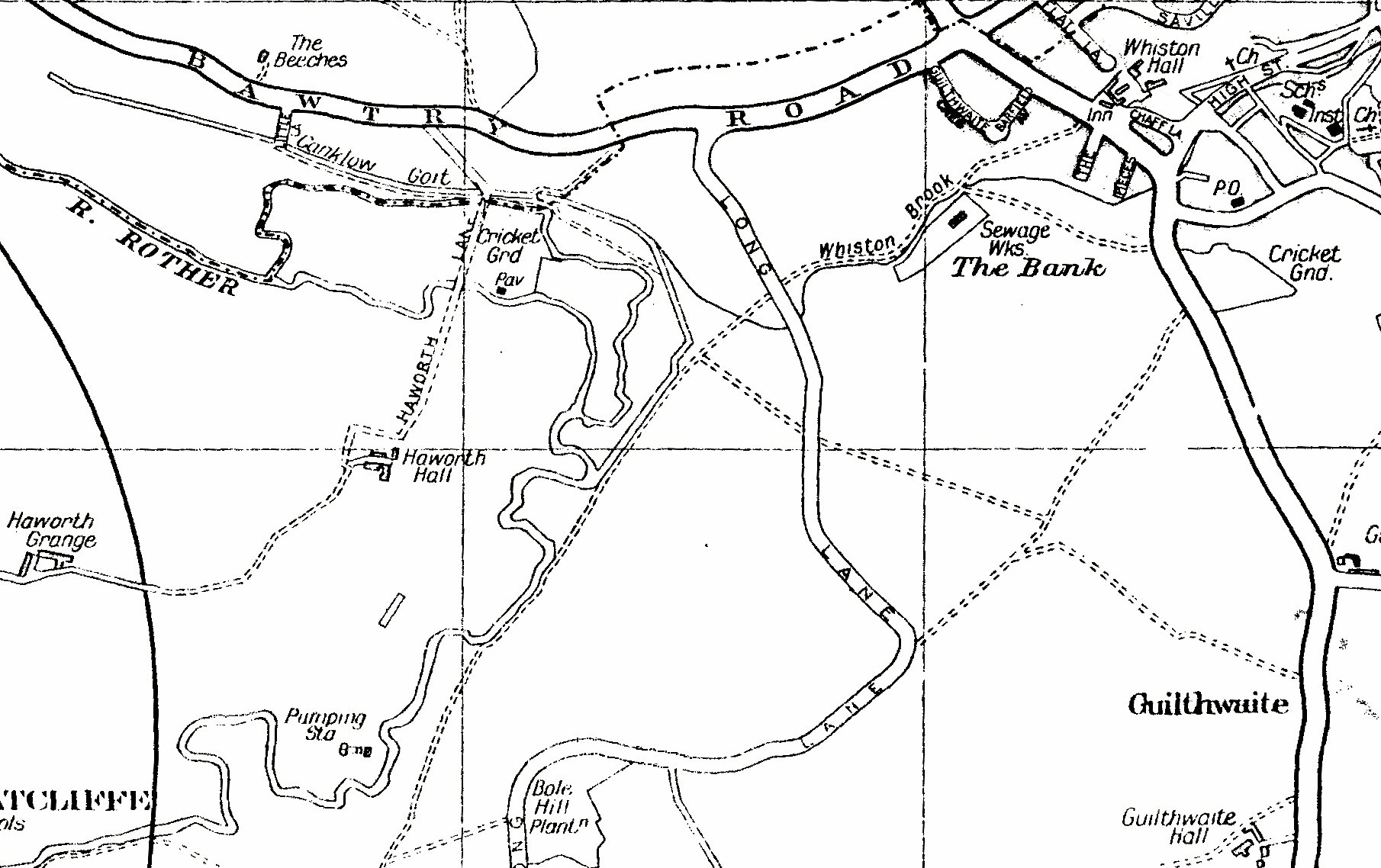
|